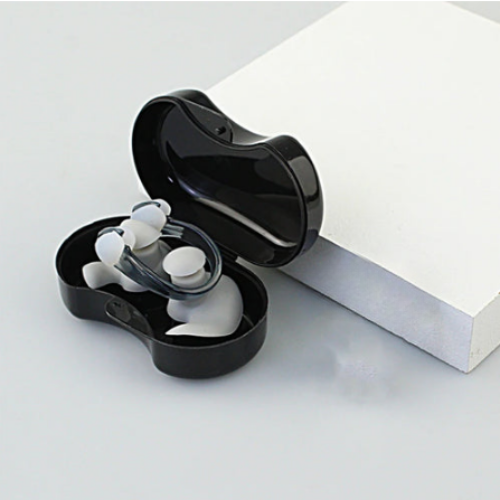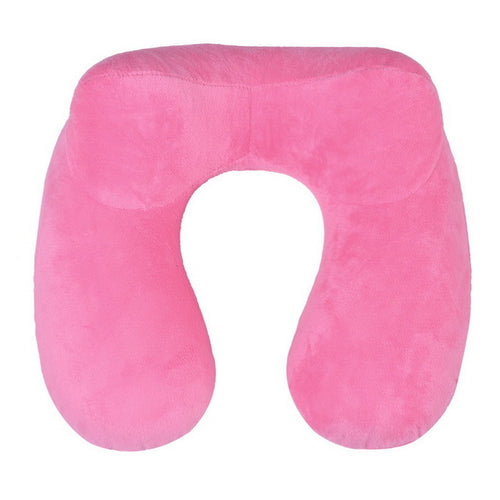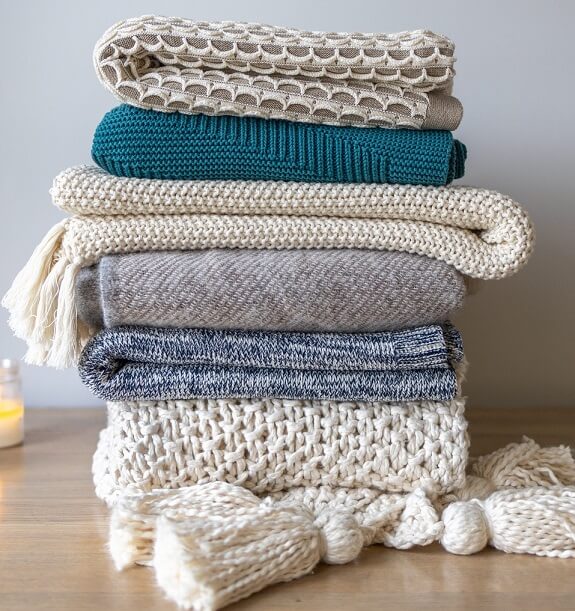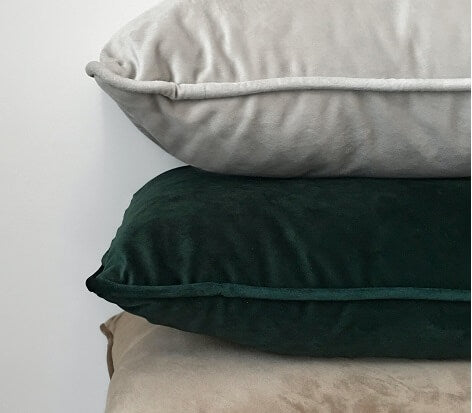How do I clean foam ear plugs? You can avoid the expenses and inconvenience of replacing foam ear plugs by taking good care of them and keeping them as clean as possible. Cleaning your foam ear plugs regularly will not only help you keep them in the best condition, but also extend their life so that you don’t have to replace them as often as you would have otherwise had to. Here are some helpful tips on how to clean foam ear plugs.

What are foam earplugs
Foam earplugs are disposable, pre-formed cylinders of foam that mold to fill your ear canal. They can be a great alternative to custom or over-the-counter hearing protection if you’re looking for something convenient and less expensive.
Benefits of using foam earplugs
Foam earplugs are generally easy to use, especially once you know how to put in ear plugs properly. They don’t require the frequent cleaning that reusable silicone plugs do, making them a low-maintenance option for everyday use. In fact, foam earplugs can often be worn for several days or even weeks before needing to be replaced. They’re also perfect for travel—compact enough to fit in your luggage or purse, and versatile enough to serve as makeshift pillows or block out background noise for better sleep on the go.

Why it’s important to keep your foam earplugs clean
Molds, fungi, bacteria, germs, and viruses all love a warm moist environment. Since foam earplugs are designed to block noise from entering your ears by forming a tight seal with your ear canal; once inserted into your ears, moisture can build up inside which is exactly what these organisms need in order to thrive. If left unchecked, they can cause infections or even lead to irritation of your ear drums. So it’s vital that you keep your earplugs clean if you want them to last a long time. And yes, there are products on the market designed specifically for cleaning foam ear plugs but let’s face it—they’re expensive! And since I know many people who don't replace their foam ear plugs regularly (which should be done every 3-6 months), I thought I'd share some tips on how to effectively clean your own reusable foam ear plugs at home. It's actually quite easy so let's get started!
Dealing with buildup
After extended use, ear plugs will start to get a little crusty on their surface. This is normal and no cause for alarm. You can simply rinse them with water or wipe them down with a mild soap (like dish soap) and warm water. But if you do find your ear plugs have a great deal of buildup, that’s okay too—all it takes is a little extra elbow grease to get them clean again. One way to tackle heavy build-up is by using rubbing alcohol and cotton swabs to remove stubborn gunk from inside any grooves or ridges in your earplugs. The alcohol helps dissolve gunk while simultaneously disinfecting your ears. Just be sure not to use rubbing alcohol more than once per week as it may dry out skin and hair, causing damage over time. Instead, try using a gentle baby shampoo followed by some light rinsing. This will give your foam earplugs a deep cleaning without drying out their material. If your earplugs are still looking pretty dingy after a good scrubbing, they may need replacing. It’s also important to note that you should replace your foam ear plugs every three months or so because they tend to break down over time. If you’re looking for an alternative solution to replacement foam, consider silicone instead! Silicone is much more durable than foam so it won't break down nearly as quickly. In fact, silicone tends to last up to five years before needing replacement!
Tips for extending the life of your earplugs
Once you have your earplugs home, be sure to keep them clean by storing them in a case when not in use. Our sneaky tip for cleaning earplugs; put a few drops of olive oil on each earplug (or use an old q-tip). Let it sit for about 15 minutes before rinsing off with water. Finally, don’t forget that regular replacement is important as well! Just like any product you purchase, when you stop using them after their first use they won’t last very long!
FAQ
1. How many times can you reuse silicone ear plugs?
2. How to disinfect loop earplugs?
Loop Quiet™ 2 earplugs are made from durable silicone, making them super easy to clean and built to last. To clean them, you can either submerge them in water and give them a quick wipe or use a damp cloth with a bit of soapy water.
3. Do earplugs actually block out snoring?
Earplugs are designed to reduce the intensity of sound, but they may not completely block out all types of noise, including snoring.
What to rea next
 Sleep Like a Baby: Discover the Best Eye Masks for a Night of Blissful Rest
Sleep Like a Baby: Discover the Best Eye Masks for a Night of Blissful Rest
 Sleep Soundly and Reap the Rewards: Exploring the Advantages of Investing in a Premium Mattress
Sleep Soundly and Reap the Rewards: Exploring the Advantages of Investing in a Premium Mattress
 Sleep Soundly: Essential Maintenance Tips for Your White Noise Machine
Sleep Soundly: Essential Maintenance Tips for Your White Noise Machine
What to buy

Summer Swimming Earplugs/Nose Clip Set
From: $15.90
Smart Baby White Noise Machine – Soothing Sleep, Smarter Support
From: $376.66

Foldable pillow: Inflatable Travel Folding Neck Pillow
From: $12.95







